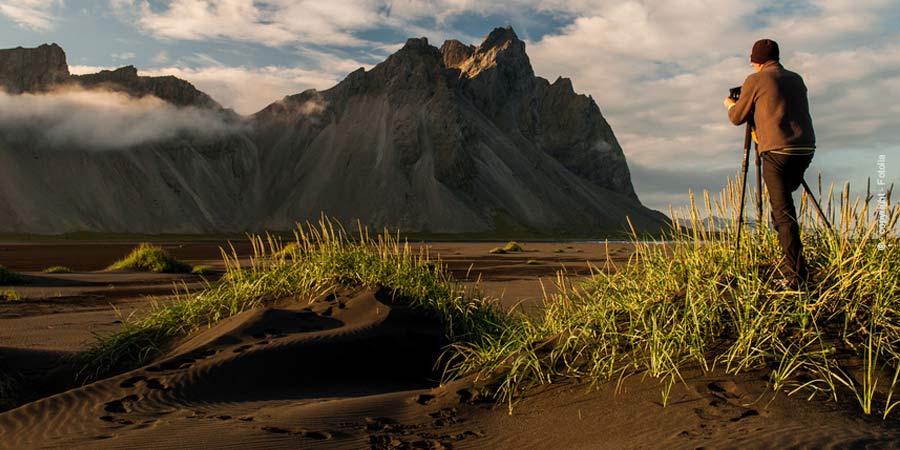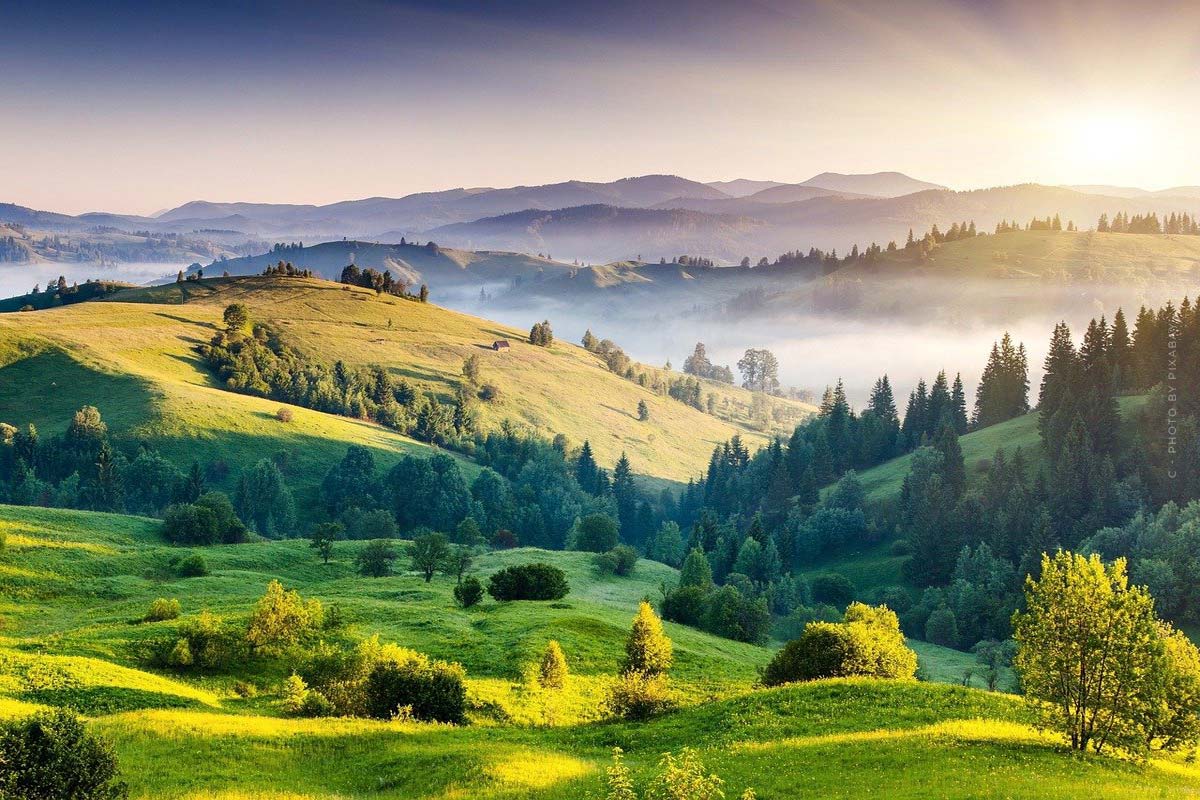Polarizing filter: Useful for reflections, rainbows, leaves and blue skies
Polarizing filters are used to filter out certain polarization planes of the incident light. In this way you can, for example, make reflections come to life or make the blue sky richer and the clouds correspondingly more striking. The polarizing filter is a special tool that requires a lot of practice in order to produce results worth seeing.
Polfilter: How do they work?
Light is an electromagnetic wave. These waves run in different inclined planes. Draw a light wave on a sheet of paper for illustration. Then take the sheet in your hand and rotate it by any angle around the longitudinal axis of the light wave. The leaf is the plane in which the shaft moves, the rotation around the longitudinal axis indicates the different inclination of this plane.
The normal light with which we photograph outside and inside moves in numerous planes (polarization planes) that are inclined differently from each other. A polarizing filter is now a tiny grid that allows only waves whose vibrational planes are oriented parallel to the grid bars to pass through. Just as a key fits into a lock in just one orientation. If you even turn the key 2 degrees to the left or right, it will no longer go into the lock. In order to be able to filter all vibration levels, polarizing filters are always mounted rotatably in front of the lens.
Normal light is depolarized, i.e. all inclination angles occur in approximately equal proportions. A polarizing filter is therefore always used when the individual polarization planes are occupied to varying degrees by individual light components. For example in reflections, rainbows, foliage and blue skies.
Polfilter: What do you use it for?
In product photography in particular, reflections are usually undesirable. Reflective surfaces such as those found in cars or highly polished furniture should be free of any reflections in the catalogue. The use of a polarizing filter is almost inevitable there. If necessary, reflections on water surfaces can also be reduced in landscape photography, but there they are mostly desired.
With a polarizing filter the sky can be darkened and the clouds can be modelled out more clearly. For this purpose, the polarizing filter must be correctly aligned according to the position of the sun. With very wide-angle lenses, the effect may increase towards the edges. You need to keep an eye on that while you work.
The leaf green can also be reproduced more richly and clearly with a polarizing filter, as can a rainbow, which is more effective in front of a sky darkened by the polarizing filter.
Working with the polarizing filter requires some practice. It is not always easy to align it correctly so that the picture does not lose its naturalness. Also keep in mind that the polarizing filter simply filters out light and you have to adjust the exposure time accordingly. Use a tripod if necessary. In addition, the polarizing filter – like any other filter – also influences the image quality as an additional element in the optics. The polarizing filter is to be regarded as a special tool of which you really need to know exactly how it works and how it works. Therefore, frequent trial and error is a must.
Result: A useful tool for product and landscape photography
The polarizing filter is a useful tool especially in product photography, where especially reflections are absolutely undesirable. But it can also be used in landscape photography, for example to make a rainbow more striking or to make the greenery of the leaves appear richer. It is a special tool whose handling must have been tried out and practiced many times.










